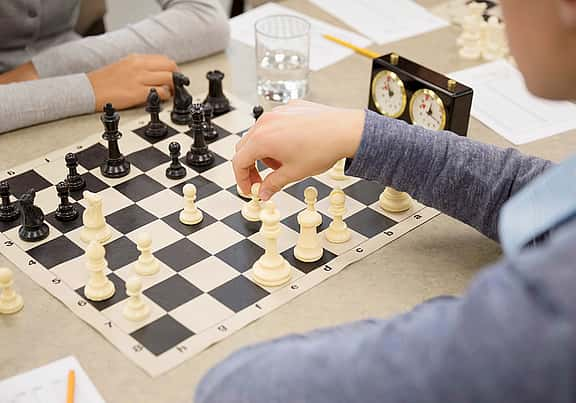The choice of elements to incorporate is vast and varied. For example, points can be tracked, badges can be awarded, competition can be encouraged, and leaderboards can be presented.
It is common for businesses to use gamification to encourage engagement with their customers, such as regularly using their app through awarding points. people can also effectively use gamification to improve their daily habits.
Business Gamification
Business gamification is the implementation of game elements in the workplace to increase not just customer engagement, but also employee engagement and productivity. Gamification can be applied to many aspects of work, depending on what needs to be improved. Game elements can be added to improve training, specific tasks, or even the general well-being of employees. For example, gamification can encourage employees to be active during breaks, as physical activity in the workplace helps improve employee performance.
Why Does It Work?
Being able to visualise progress through gamification helps organise employees. Plus the positive feedback that generally comes with gamification reinforces good behaviours, and reaching milestones provides a sense of achievement. People also just enjoy competitions, whether it's with themselves or with others.
Here is a quick example of how gamification can be used in a business. A small grocery store is aiming to increase employee-customer interactions to improve customer service. Instead of just telling their employees to engage more with customers, the management creates a little competition between the departments. The goal is to be the department with the most sales. At the end of every two weeks, the winning department would get free pizza from the frozen food section for a lunch.
Tips for Implementing Gamification in the Workplace
Here are some tips to keep in mind when creating a gamification strategy at work.
Identify potential improvements
The first step to creating a gamification strategy is to identify areas of potential improvement in the workplace. Targeting sections of the business that are currently struggling will yield more noticeable improvements than ones that are already performing well. It's also important not to overload employees with gamification. Not every aspect of the workplace needs to be a game.
Keep rewards small and focused
Having rewards as part of the game elements will help motivate employees to score well — and even potentially better than others for competitive personalities. Not having any reward may leave some employees feeling that there's little point in participating.
However, it's also important not to go overboard with the reward. Providing large and expensive awards is unsustainable. On top of that, it could incentivise some employees to do whatever they can to win the prize, even if that means taking shortcuts and sabotaging others. This would be counterproductive.
Instead, the ideal reward would be something relatively small and related to the business. As an example, high-scoring employees could get shout-outs during meetings and LinkedIn recommendations from a VP. Another option could be company gear, such as a water bottle or t-shirt. These prizes are sustainable, as they're either low- or no-cost and are business-centred.
Be transparent
It should always be absolutely clear how the rules of the game elements work and how the participants will be evaluated. Having these clear rules will make it easier for employees to participate, and evaluations will feel fairer.
Keeping a visible score of what's going on is also important. Participants will want to see their own progress, as well as how they compare to others. Not only will this visibility provide employees with insight into where they can improve, but it will also show if the gamification strategy is working and improving productivity.
There is software out there to help not only with business gamification but also with displaying progress. However, it's generally easy enough to manually update progress, so there isn't any need to spend money to accomplish this.
Improve Business Productivity With Gamification
Gamification is a fantastic tool for improving engagement and the productivity of employees within a business. Follow these tips to create a gamification strategy of your own for your business. With the right strategy, you'll get to watch as your business improves.






